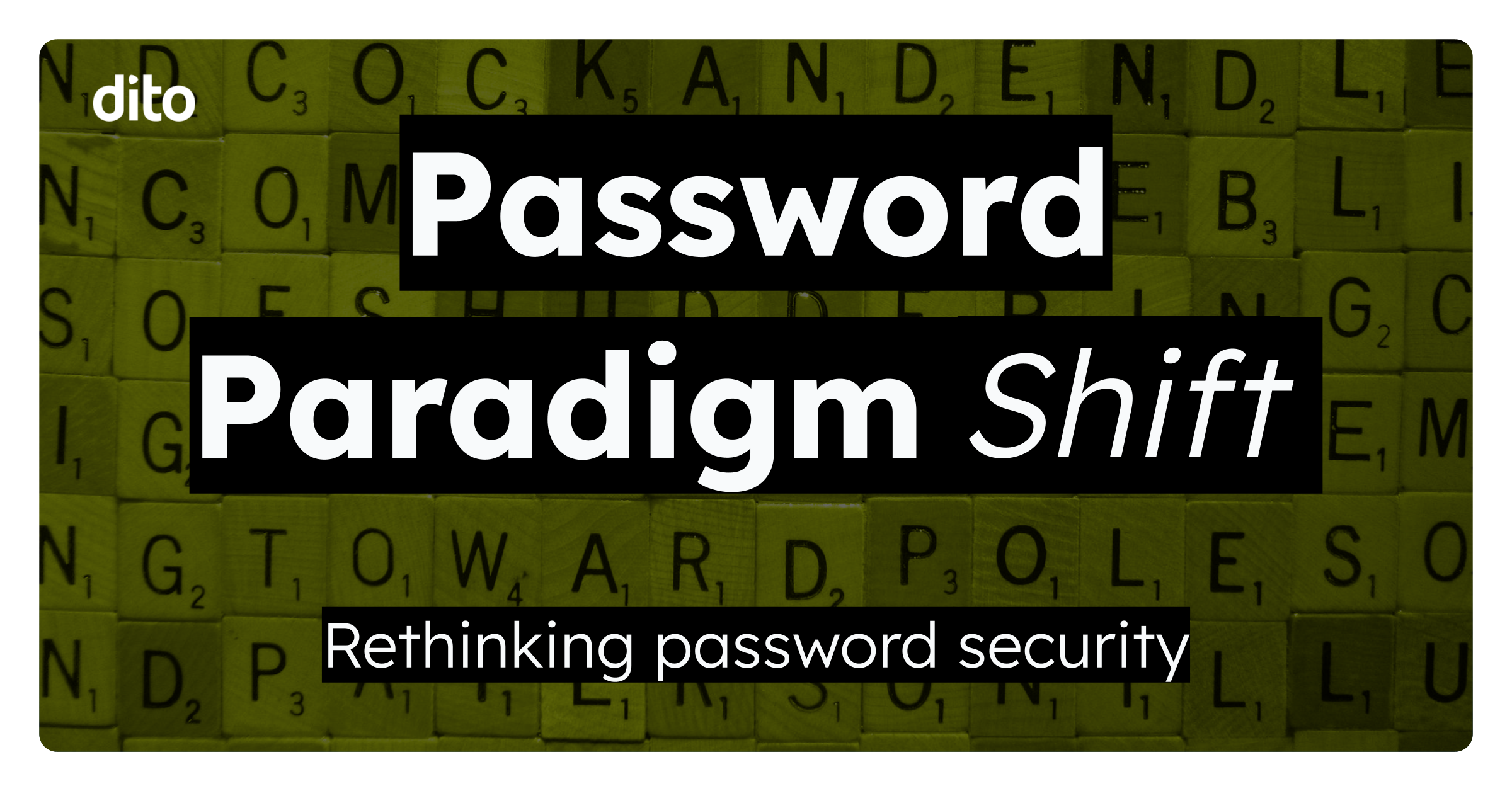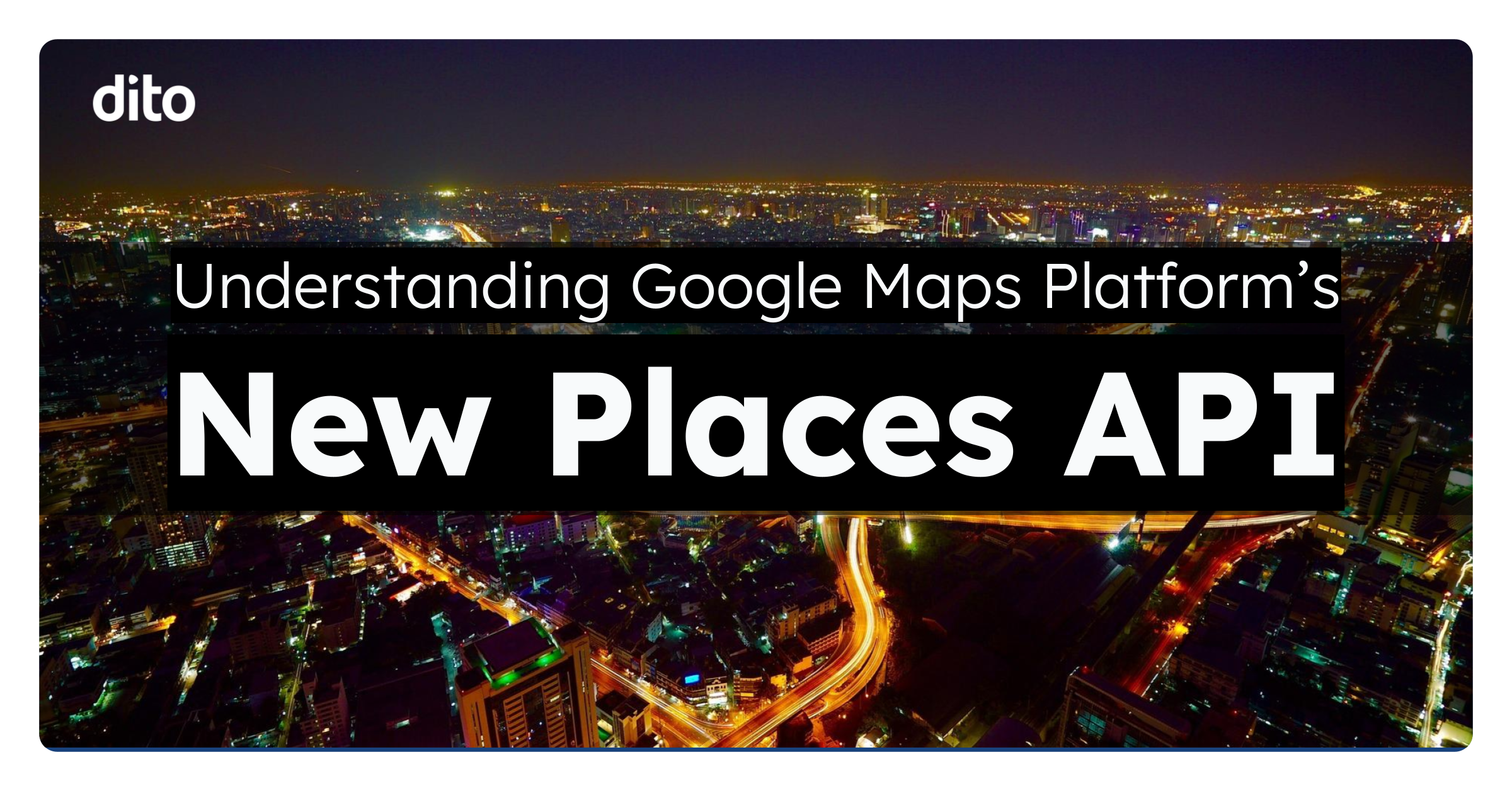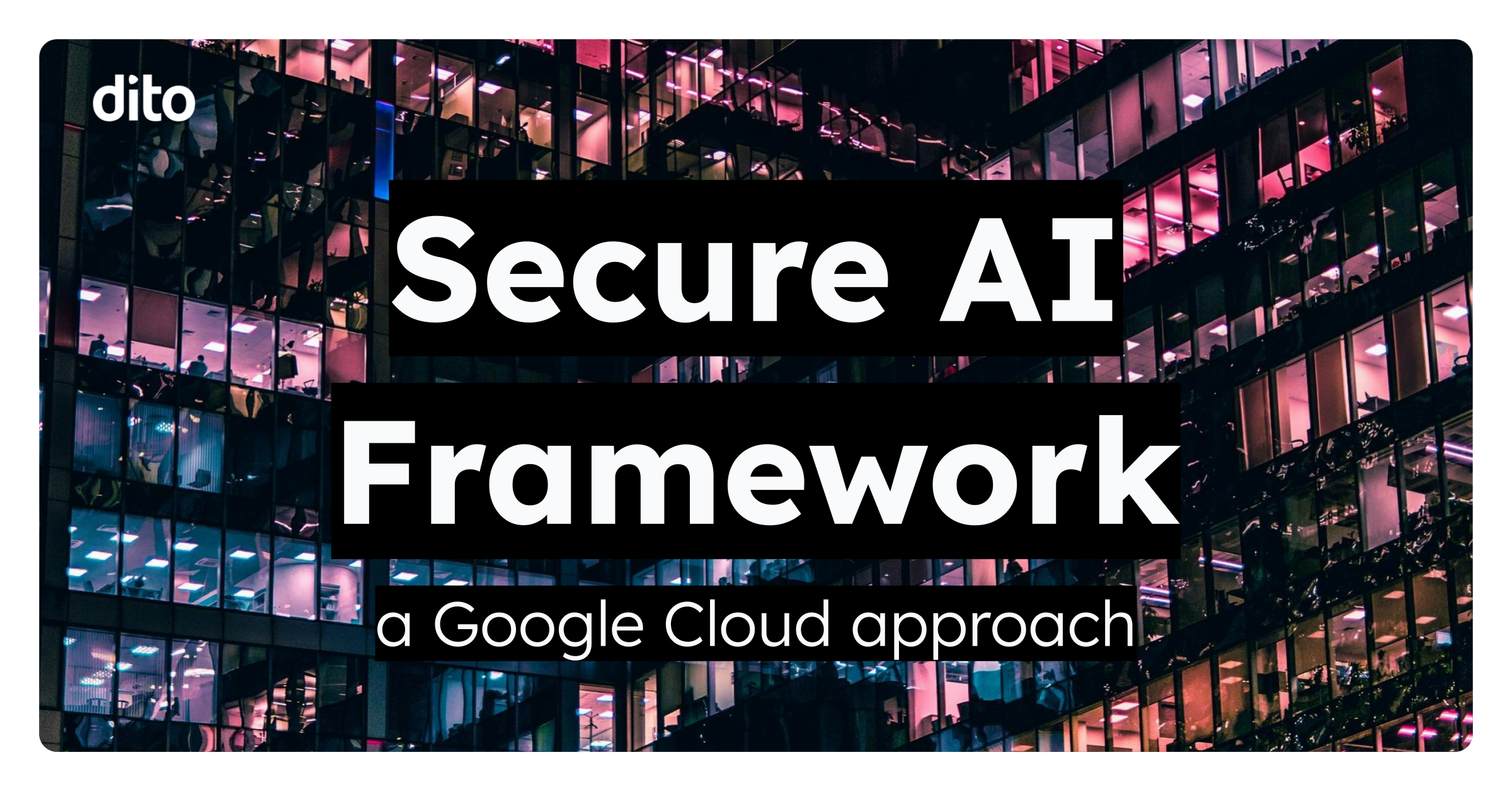Think about what it was like a few years ago when you might call a business’ customer service line, only to be greeted by a machine giving you options for how to proceed. You press one for a certain type of question. Press two for another. The list can go on through the digits of your phone, letting you sort through a menu so your issue is automatically passed on to a relevant support team member or, in a best-case scenario, resolved without human input.
These digital call management systems offered plenty of promise to the enterprise world, but they didn’t quite pan out. Too many consumers became frustrated that they had to go through an obviously automated menu to interact with customer support. If you had a simple problem and you knew you needed to talk to a general service rep, it was annoying to spend a minute or two listening to a pre-recorded menu of options. What’s more, if you have to call back multiple times, you get the same menu over and over again.
Over time, many businesses phased these phone systems out or dramatically simplified them to create better customer experiences. However, the dream of automated customer service didn’t die. It just got bigger. When automated call systems worked, they tended to get positive results for everybody involved. The problem was that they simply weren’t good enough. Virtual digital assistants (VDAs) are changing this. By providing human-like interaction backed by artificial intelligence, VDAs let businesses automate many elements of customer support so they can free their service representatives to focus on more demanding issues. The rise of digital assistants in the consumer world, not to mention their growing use in the enterprise, has laid the groundwork for widespread acceptance.
The Rise of the VDA
Chances are you already interact with a VDA on a regular basis. If you occasionally talk to Apple’s Siri, Microsoft’s Cortana or Google’s Alexa, then you’ve experienced the world of digital assistants. While many consumer applications of these solutions end up devolving into setting calendar reminders and asking them to tell us jokes to see what the machine comes up with, it’s the way these VDAs respond to those queries that make them so applicable to enterprise customer service.
In the early days of VDAs, if you asked an assistant to tell you a joke, one of two things would have been possible. Either the software would be programmed to recognize that specific phrase and use it to search for a joke and repeat it to you, or it would run a Google search for the exact phrase, “tell me a joke.” And that’s assuming the assistant understood your request correctly. Machine learning has changed how digital assistants work. Today’s solutions can use natural language processing and conversational interfaces to understand user intent and respond to what is said in an intuitive way. Instead of having to program a VDA to do something in response to a phrase, which forces users to memorize certain commands, the system can figure out what a user wants based on what is said and even pick up on context.
For example, if, while you’re about to go to bed, you asked a contemporary digital assistant to set an alarm, it may not ask you what time to set the alarm for. Instead, it may recognize that you usually set your alarm at this time of night for a specific time the next morning and automatically set your alarm for that time. This added intelligence has left VDAs at a tipping point. Because they can respond to everyday speech and use AI to understand context, they are suddenly more helpful and responsive to user needs. This is leading to increased penetration of VDA solutions, and it’s making the technology a powerful option for enterprise customer service systems.
In fact, a study from Tractica found that the enterprise VDA market is poised to rise to achieve global annual revenue of $7.7 billion by 2025. This comes as usage rises quickly. As of 2017, there were 145.2 million unique active enterprise VDA users in the world, the research found. By 2025, that figure will climb to 1 billion.
Applying VDAs to Customer Experiences
Early VDA solutions weren’t quite ready for the big time. They were basically voice-activated software that ran Google searches or interacted with specific apps. Users would have to say the right command to trigger activities. This limited their use severely. But today’s VDAs can use natural language recognition to understand what a user is looking for even if that individual doesn’t speak a recognized command. Furthermore, AI in the back end means the assistant can find information and even interact with software without data having to be archived for searchability, making it much easier for the assistant to respond intelligently for a user need.
What’s more, the rise of VDAs as built-in components of hardware and software in the consumer sector has laid the groundwork for easy implementation in the enterprise. For example, in the Google Cloud, organizations can leverage voice-enabled Google Assistants built into their apps and web systems, enabling key features such as Dialogflow, machine learning and Google’s Vision API to give that VDA robust capabilities without having to write custom code or create complex user support algorithms.
With modern VDA tools, businesses can automate numerous customer support tasks without frustrating users. If a customer reaches out and wants to talk to a support representative, he or she won’t have to go through a bunch of menus or queries, as the VDA can simply facilitate the connection and even gather data to save time for the customer and employee alike.
Migrating to the kind of cloud ecosystem that empowers VDAs to grab data and resources from across enterprise systems can be a hurdle in the move to VDA implementation. Dito can help you overcome the challenge by giving your teams the tools, training and consulting support to optimize a cloud migration and establish modern tools, such as VDAs, that help you take full advantage of what today’s powerful cloud configurations let you accomplish.
For more information on how you can integrate VDAs into your company’s processes, feel free to schedule a consultation with our team to learn more.










